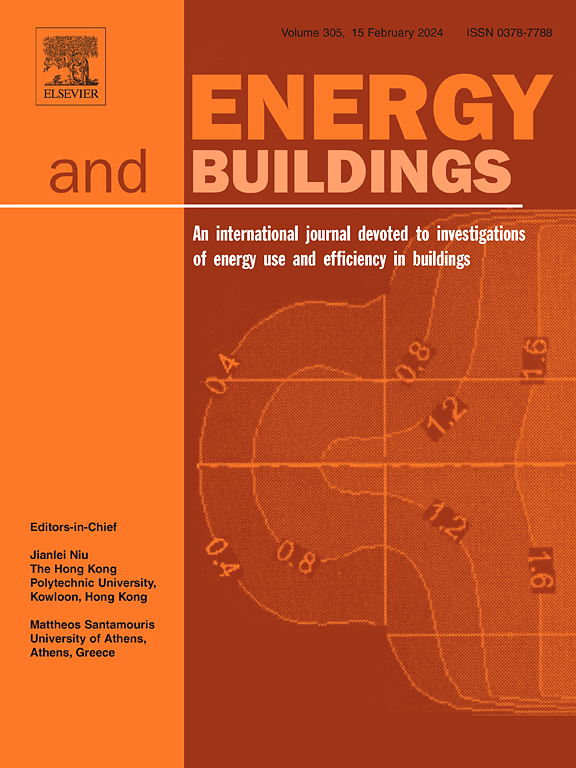Mapping indoor overheating exposure rate at city scale: A data-driven method based on building typologies and surrogate-modelling
IF 6.6
2区 工程技术
Q1 CONSTRUCTION & BUILDING TECHNOLOGY
引用次数: 0
Abstract
Evaluation of urban-scale indoor overheating in buildings has become a critical area of research due to the combined effects of global warming and the Urban Heat Island (UHI) phenomenon, which have significantly impacted indoor comfort during summer and are projected to intensify. This study presents a comprehensive workflow for assessing urban-scale indoor overheating vulnerability, designed to support strategic decision-making in urban planning and climate-change adaptation policies. By reviewing literature on building typology construction methods and surrogate modeling, we propose a two-step method to estimate indoor overheating in residential buildings at a city scale, comprising a reductive stage and an extrapolative process.
In the reductive stage, residential buildings are aggregated into clusters with similar characteristics, and a representative building from each cluster undergoes a detailed characterization. The extrapolative process compensates for the loss of information diversity from the reductive stage through model parametrization. This involves performing parametric simulations on each representative building to create a new database, training a machine-learning-based surrogate model, and using it to estimate the performance of other buildings in the same cluster. Three indices were used to measure indoor overheating, and future typical weather data were applied to demonstrate the approach.
This methodology was used to create an indoor overheating exposure map for Nantes City. The procedures for training, testing, and validation are described in detail for two groups of buildings, providing a robust framework for urban planners and policymakers to develop effective climate-change adaptation strategies.

求助全文
约1分钟内获得全文
求助全文
来源期刊

Energy and Buildings
工程技术-工程:土木
CiteScore
12.70
自引率
11.90%
发文量
863
审稿时长
38 days
期刊介绍:
An international journal devoted to investigations of energy use and efficiency in buildings
Energy and Buildings is an international journal publishing articles with explicit links to energy use in buildings. The aim is to present new research results, and new proven practice aimed at reducing the energy needs of a building and improving indoor environment quality.
 求助内容:
求助内容: 应助结果提醒方式:
应助结果提醒方式:


